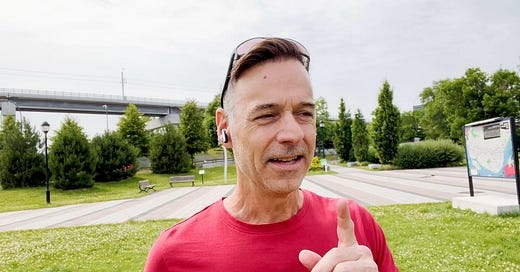In today’s video, I talk about the difference between positive and negative freedom and why your leadership, creativity, and peace of mind all depend on the kind of freedom you pursue.
I reflect on the phrase “We’re all the same, yet different,” and challenge the idea that sameness is the foundation of shared humanity. From a queer leadership lens, I explore what it means to express yourself freely, how suppression shows up both externally and internally, and why self-expression is not just personal—it’s political.
I also unpack the concept of freedom in my coaching work: how we can define it for ourselves, why it must be relational (not just individual), and what happens when we unconsciously participate in our own silencing.
What kind of freedoms are you building your leadership around and who does it serve?
A note about the two types of freedom.
When I refer to positive and negative freedom, I’m basing my ideas on Douglas Giles’ article on Medium, Does Anyone Understand What “Freedom” Means?.
Giles explains,
“The most common mistake that people make is conflating the two types of freedom. The second most common mistake is to focus on only one type and neglect the other. There are two different types of freedoms, and many different and overlapping manifestations of freedoms in life.
Negative freedoms—These include what we are free from—restrictions and coercive forces like bullying and intimidation.
Positive freedoms—These include what we are free to do—having the ability to act upon one’s free will.”
Want a unique space to reflect, ask questions, and grow alongside other LGBTQ+ leaders?
Join Lead with Queer Integrity, my private group for change-makers who are done with compromising their freedom and ready to lead with clarity, courage, and conviction for the greater good.
It’s free, and it’s where I share resources, prompts, and community support for values-aligned leadership for 2SLGBTQ+ change-makers.









Share this post